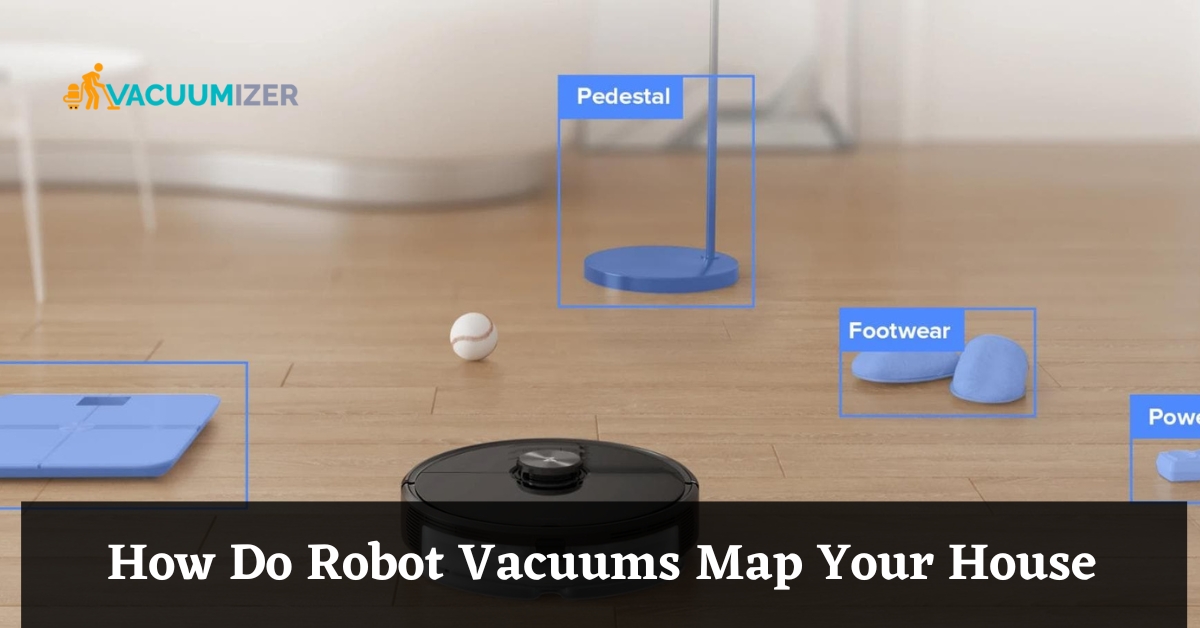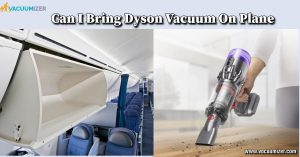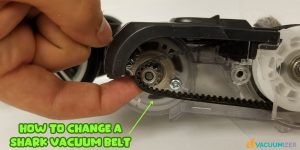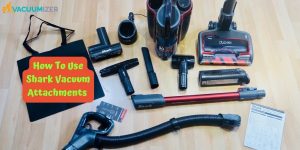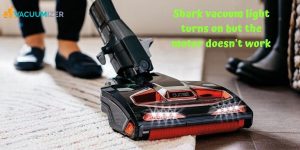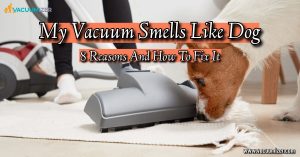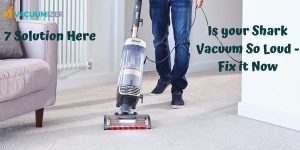If you’re a fan of robot vacuums, you know how important it is to have one that can clean and map your house. But what exactly goes into the mapping process? In this blog post, we’ll be exploring How Do Robot Vacuums Map Your House. From sensors and algorithms to creating virtual maps. Whether you’ve been using robot vacuums for years or are getting started, dive in with us as we uncover the ins and outs of robot vacuum mapping.
Table of Contents
How a robot vacuum sees the world
Robotic vacuums don’t have cameras to see the outside world. The worlds are instead detected and measured using a variety of sensors. They move through it and the world around them. It consists of optical encoders, cliff sensors, bump sensors, wall sensors, and so forth. The distance between the robot base and the ground was measured using cliff sensors. It functions by bouncing off the ground infrared light. Suppose the distance from the ceiling to the floor increases. That indicates that the robot is approaching close to the edge of a stairway or some comparable edge. So about not tripping over it, it will retreat.
Their name also implies the function of the bump sensors. The robot vacuum’s sensor activates when it collides with something. Like cliff sensors, but facing a different way, are wall sensors. They alert the robot whenever it approaches a wall or other obstacle so that it can follow the wall. The most crucial are optical encoders. The robot can measure its progress using sensors on its wheels. Because they count the number of times the wheels have turned using a light sensor. They know as optical encoders.
How a robot vacuum navigates the world
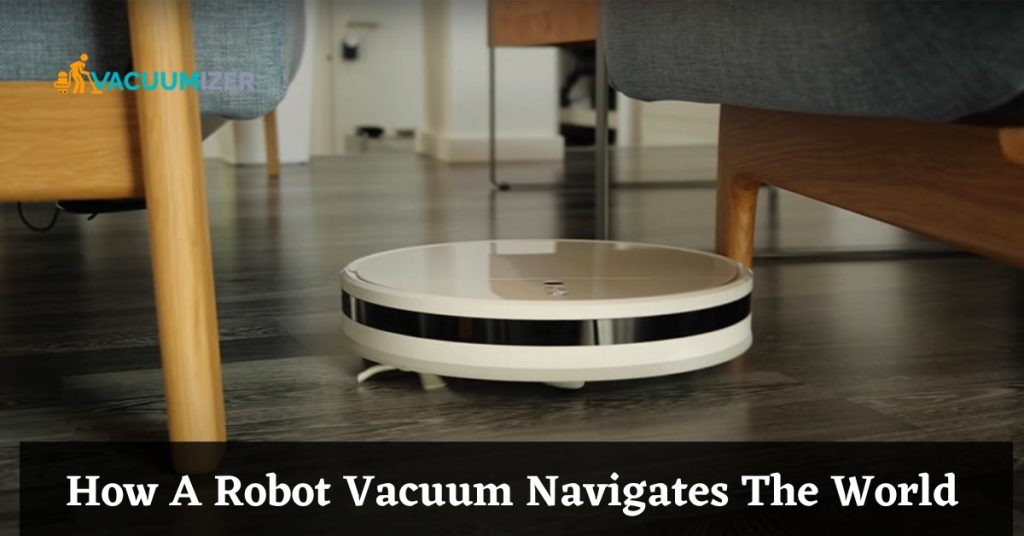
The robot gains some knowledge of the world as it navigates it. What gives a robot vacuum the intelligence to determine what it has cleaned so far? You never know, insects, the solution.
When you use a robotic vacuum to apply them, these guidelines enable it to move around a room. The patent describes a typical progression of actions:
- Supposing the user placed it on top of a scuffed area. When something is in its path, the vacuum begins to “bounce” off it. It has traveled far enough to cover a big area.
- If it collides with something, it adopts a “wall-following” behavior.
- The vacuum behaves “straight” at a random angle after a certain distance. According to the patent, this distance calculates as follows: (1/4 most recent distance between “bumps”) + (1/4 average distance between “bumps”).
- Until it “bounces” off something, the vacuum moves “straight,” and then it moves straight once more.
- It will turn at a location where the same computation as before predicts it will go “straight,” or it will go “straight” and then do a “spiral.”
A similar set of actions determines what to do if the vacuum cleaner becomes stuck. It will use many techniques to attempt to liberate itself before it gives up and begins beeping for help.
I feel less guilty about offending them, knowing that they are dumb. At the very least, if I’ve succeeded, the worst they can do is “spiral” about me and “bounce” off me until I give in. We have discussed on Eufy Robovac G30 Robot Vacuum Review in another post.
What is Robot Vacuum Mapping?
Robot vacuums map your home during the initial cleaning using a process called robot vacuum mapping. The robot uses mapping to grasp the layout of the house better. Facilitating the cleaning of every region. Most premium models can clean carpets and hard surfaces, so to speak. Also choosing the perfect robot vacuum.
It may avoid previously cleaned areas even in identical textures thanks to mapping. Using the map storing feature of a smartphone app, you can store this map. It is particularly helpful for larger residences. If zone cleaning is more your style, you can also use the app to select the areas you want the robot to clean.
After purchasing the robot vacuum, see the cleaning process by staying home. at the same time, it runs for the first time. It needs to learn the routes because it doesn’t understand your house. We will come to know How Robot Vacuums Map Your House.
Sensors Help with Robot Vacuum Navigation
Robotic vacuums design their cleaning routes using maps. While they are moving, they use sensors to check the state of the roads. Inspecting the sensors on the cliff robot vacuum. Robotic vacuums use technology such as obstacle sensors. That makes these devices work will be beneficial.
Cliff sensors:
As a safety necessity, cliff sensors install on every vacuum robot. Infrared light use in cliff sensors. Which objects reflect? Then, the items send a signal back to the vacuum’s receiver.
Suppose the vacuum receives no signal. In the absence of an object, the receiver modifies the path. You can prevent your vacuum from falling down the stairs by doing this.
Obstacle sensors:
A vacuum will encounter blockages from the furniture. When cleaning your home, there may also be other objects on the floor. Obstacle sensors are often mounted on the bumpers of vacuums. Will lead it around the difficulties.
When an object comes into touch with the vacuum, the vacuum will force it to steer clear of it when the sensor triggers an alarm.
Wall sensors:
These sensors identify barriers using infrared light and then sweep the borders. It will do without running into any walls.
Wheel sensors:
To calculate the distance traveled, light sensors count the wheel rotations. But, the use of these sensors was widespread. Only low-end models used them when robot vacuums were first introduced. We have discussed Best 6 Cordless Stick Vacuum Under $100 in another post.
How Do Robot Vacuums Map Your House?
A typical robot vacuum cleaner has some helpful sensors. It can “see and feel” its surroundings. Robot vacuums with more advanced technology go one step further. To comprehend your house better, it also collects data. Different variants equip with various data collection systems.
Robot vacuum cleaners map a world using two different types:
01. Camera-based mapping system :
Uses the onboard cameras to map out your home. The robot vacuum will be able to construct a layout of the surroundings, with the aid of the photos and the data provided by its sensors.
02. Light detection and ranging :
Counts the distance between itself and any barriers, such as walls. The information give its array of sensors. Will assist the robotic vacuum after a few cleanings to create a map of your house.
Benefits of Robot Vacuums with Mapping Technology
What are the advantages of having worthy robot vacuums map your home, and why? Here are the top three advantages of robot vacuums equipped with mapping technology.
Cleans More Efficiently:
Robotic vacuums without mapping criticize this, which is one of the main complaints. They seem to tidy rooms in haphazard patterns. A vacuum robot that uses mapping technology knows where it needs to go. Robot vacuums clean more since they are aware of the areas that have already been cleaned.
Saves Battery Power:
Batteries can conserve using mapping technology in robot vacuums. Unlike vacuum cleaner robots that lack mapping technology. It will know if a mapping robot’s battery is low while on a cleaning run. The better versions can return to their dock and charge. Will continue where they left off after it has finished charging.
Promotes Convenience:
Your life can make easier in unimaginable ways by intelligent robot vacuums. The Roomba can learn about and adjust to your home thanks to the Imprint Smart Mapping feature.
Decoding the data equates to efficiency.
You might believe that the Roomba navigates space. Cleaning up debris with a vacuum until it runs into anything. You’d be correct in some circumstances. Like this, early robot vacuums carried out the majority of their cleaning in a random manner. Modern models but, incorporate all the data. They plot out the best path across the house using the information they have gathered while cleaning.
This implies that the Roomba can go around the room and detect impediments in different places. It doesn’t, but it does this on its own. Once you’ve configured a device, the “Smart Maps” feature must turn on. It will take four to five runs for the Roomba to map the house.
Obstacles and hurdles
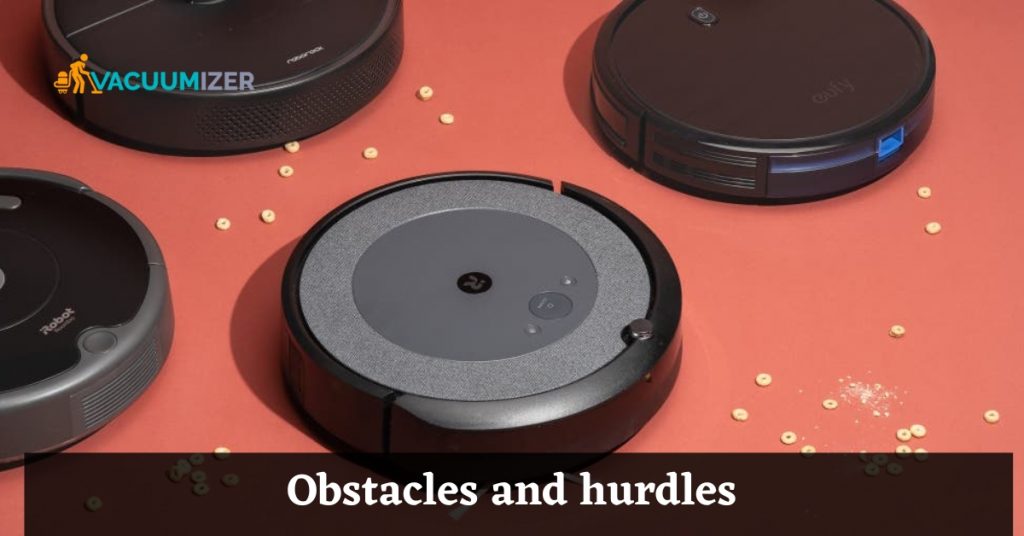
Although more efficient, current robot vacuums. Than earlier models, it uses clever navigation techniques. The devices’ operation may still hamper many obstacles. iAdapt 3.0 Navigation appreciate. The Roomba i7+ can maneuver in lit spaces without the need for illumination.
But, different robot vacuum cleaners might. For instance, models like the Neato Botvac may have trouble with obstructions like black walls. Models that rely on camera navigation and lidar operation may not function well in a lit space. These Robot Vacuums Map Your House.
How Do Robot Vacuums Map Your House
Final Thought
Robot vacuums have become popular due to their ability to clean and map houses. They equip with various data collection systems and use cameras. Based mapping systems and light detection and ranging to map out your home. These robots offer convenience, efficiency, and battery-saving features that help to make your life easier. By leveraging the data collected by their sensors, robot vacuums can create a comprehensive map of the home. Plot out the most efficient cleaning path, ensuring a thorough and complete clean. Hope you understand How Do Robot Vacuums Map Your House in this post.
This is a great way to ensure your home stays neat. It tidies without having to put in the time and effort of manual cleaning. Robot vacuums with mapping technology can help make your life easier, save battery power, and clean more. Robot vacuums with mapping technology are the perfect way to get your home in tip-top shape. So you understand how Robot Vacuums Map Your House.

